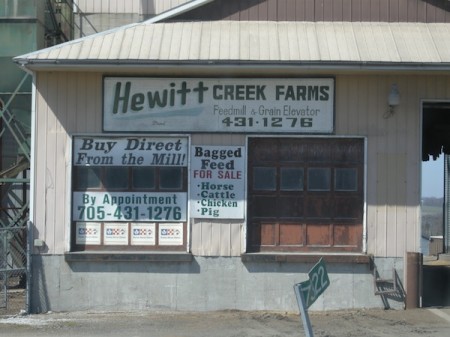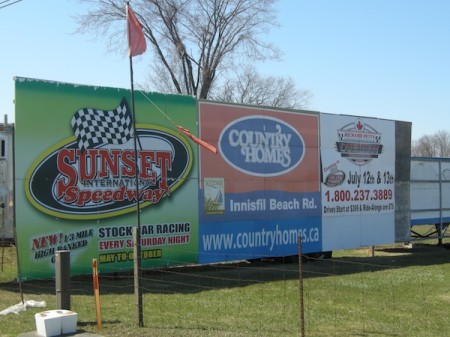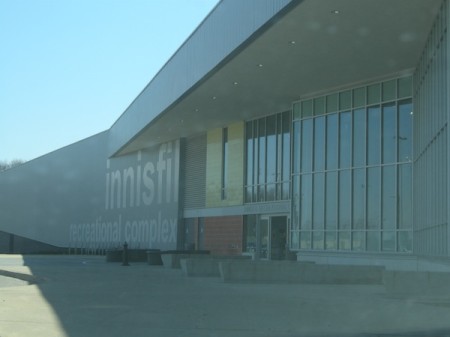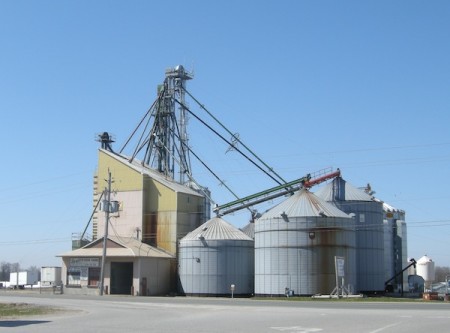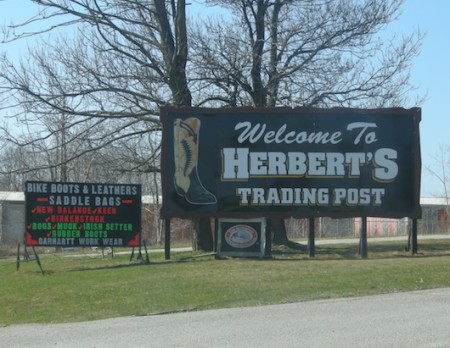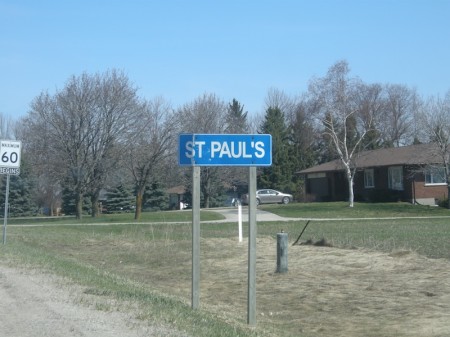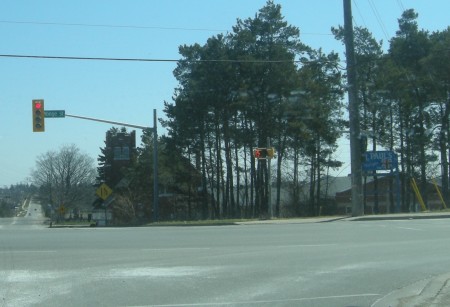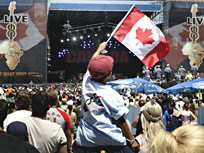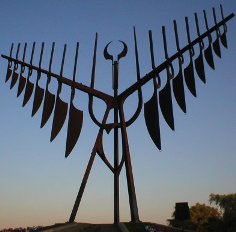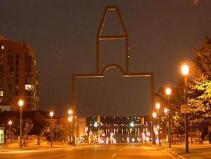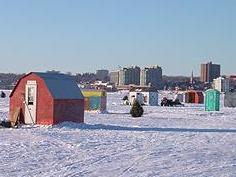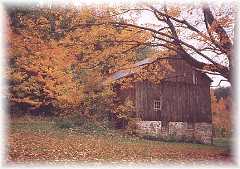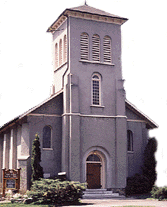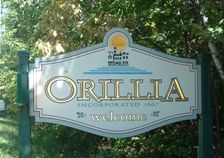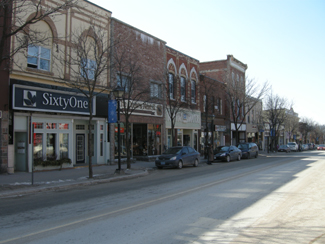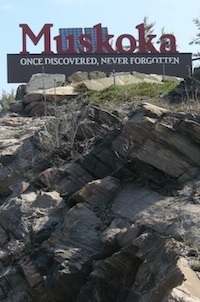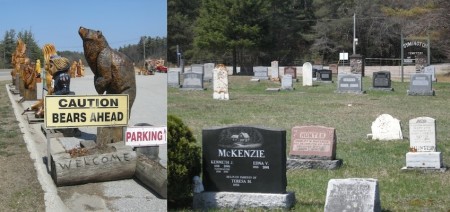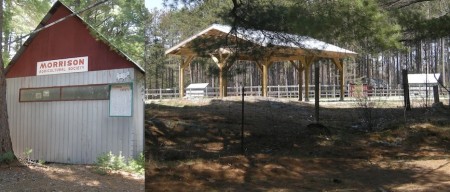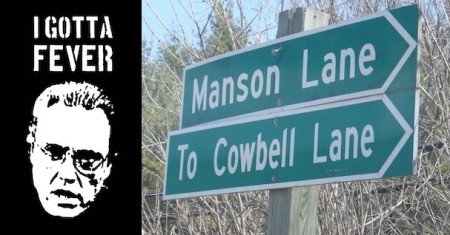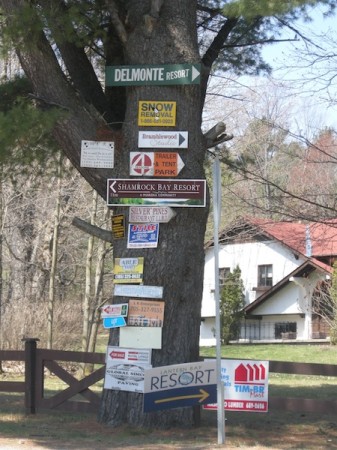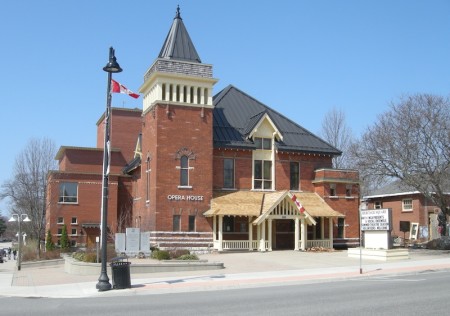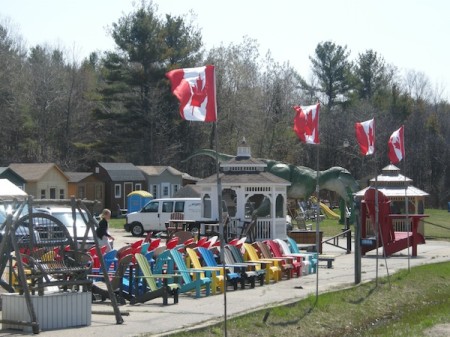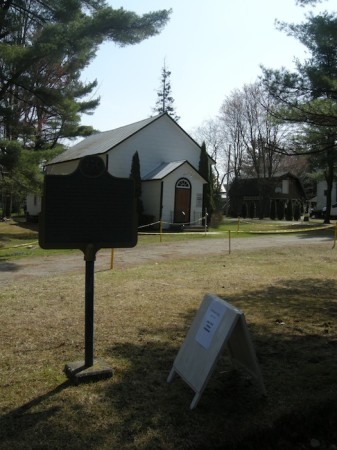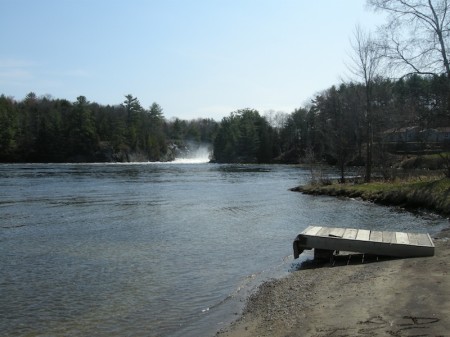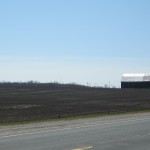
Naturally, this did not excite me as a kid
Oh, I was mad at Stroud for a long time.
It all began one day in April when the parents of some kids that we played with down the street came home with a motorboat.
This was completely foreign to us. Our parents might come home from work with a chocolate bar. Or a roast chicken. (We always wished for a puppy.) But a motorboat? We didn’t know what to think.
At the time, we didn’t consider the broader implications of a family down the road buying family-sized pleasure watercraft. We weren’t terribly concerned that our playmates were now rarely able to play on hot, boring weekend afternoons. We weren’t super bothered that their stock amongst the rest of the neighbourhood kids shot up astronomically, increasing competition for playtime with these new-found all-stars on the block. No, we were pretty young. We were much more single-minded than that.
We just really really really really wanted to go on that boat. And we waited. Patiently. Politely. Never asking. Never hinting. We watched them hitch that boat to their Ford Windstar, pile into their minivan, and drive-off early Saturday mornings their smiles broad and toothy. And we waved back like two siblings wishing their parents bon voyage for a second honeymoon on an oceanliner.
And then, one Friday morning, it happened. One of the girls asked, off-hand, if we’d like to spend the next day with them out on the Grand River, as if it were nothing more than a trip to the park. At home, we heard the phone call, their mother running the plan by our mother. The click of my mom putting down the phone was our cue. We raced down the stairs, beaming, excited, delirious with anticipation for the one thing we had waited for all summer long.
“We’re going to look at houses,” stated our mom, rather matter-of-factly. It wasn’t immediately apparent to us that this was the royal “we”.
“We’re all leaving early in the morning. On Saturday. We’re going to Stroud.”
…?
……..?
????????????
We couldn’t believe it. To go from a boating extravaganza to a two-hour-plus trip in the searing August heat of our non-airconditioned Chevette to the middle of nowhere? Fueled only by home-made sandwiches, a handful of piecefruit, and two cans of pop sweating all over your hands from their time in the cooler, all shared across the four of us? To look at dusty subdivisions of half-constructed model houses that even us kids knew that we were never going to buy?
We were furious. So it’s safe to say, we pouted the whole time. A further boating invite was never forthcoming. And more than twenty years later, as I drove into Stroud, I noticed that, in some ways, not a lot has changed since my childhood visit to the place that denied me a long-anticipated boat trip.
Sure, Stroud is much more suburban than it was twenty years ago, but hasn’t lost its rural nature. Like an old country town, it still has its cluster of road-side houses and businesses on Yonge Street and it is still decorated by goofy business names you’d expect from a small town, in this case Doo or Dye (hair salon) or Killer Inkstink (tattoo parlour). Subdivisions are tucked off the main drag in a way that lets you know they’re there without making you feel like you’re in Mississauga. There’s the local bar, Tapps, with karaoke on Friday nights, and the standard Chinese place, always “famous” for its food. (I can assure you that The China Inn is too far south to offer authentic Northern Ontario Chinese Food.) In sum, Stroud seems to have been able to balance multiple pressures: population overspill from Barrie, demand for recreational properties for Toronto weekenders, and everyday needs of a rural farming community.

The plaza at the north end of town definitely wasn’t there some 20-odd years ago. (I’m not sure what part of my brain says “Yes, take a grainy photo of that plaza!“)
Although I can’t speak for my sister, I’ve largely gotten over my beef with Stroud. Boats are expensive and inconvenient. They get old fast and once you’ve lost the love they’re difficult to offload. You’re better-off renting one. Or, even better, staying on land. When you’re in the suburbs, you’re better off using the space you’d need to store a boat to park your third, fourth, or fifth car. In short, I no longer pronounce the word “Stroud” with same invective as Jerry would say “…Newman…(!)“.
And today, as a parent, I realize that my parents probably pulled that trip to Stroud right out their ears. Not only to keep us from an activity that they couldn’t supervise but to avoid a flat-out “no”, which would have been inexplicable to us and insulting to the other family. If so, well done Mom and Dad. Well done.
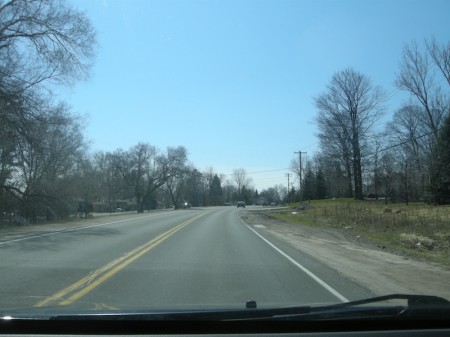
Highway 11 just north of Stroud, Ontario
 I swear that I’m not a Trekkie. Really, I’m just a casual fan. It was a nice part of a childhood Saturday night – maybe we’d get a bit of pop with our supper, if we were lucky we’d make a pizza, and then we’d watch Star Trek before settling in for Hockey Night in Canada. That nostalgia may be the reason that every time I see the word “Barclay”, immediately this guy springs to mind.
I swear that I’m not a Trekkie. Really, I’m just a casual fan. It was a nice part of a childhood Saturday night – maybe we’d get a bit of pop with our supper, if we were lucky we’d make a pizza, and then we’d watch Star Trek before settling in for Hockey Night in Canada. That nostalgia may be the reason that every time I see the word “Barclay”, immediately this guy springs to mind.